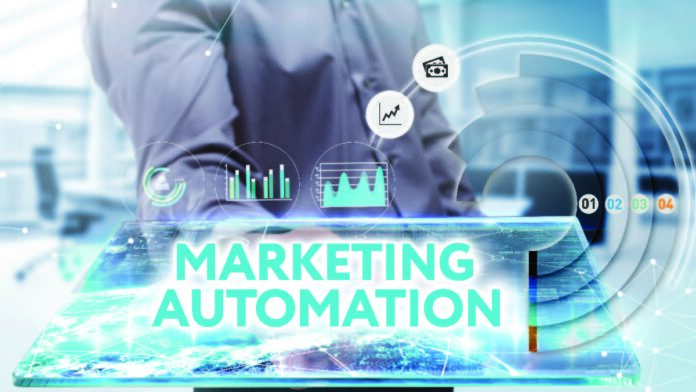While B2B marketing automation tools enable B2B brands to simplify and streamline their marketing process, they can also waste investment if not utilized correctly.
The impact of marketing technologies on B2B marketing has been significant in the past couple of years. The constant behavioral change of the target audience, along with the uncertainty in the marketing, has resulted in considerable advancement in the B2B marketing automation technologies. This has led B2B organizations to increase their budgets. In fact, as per Statista’s “Change of B2B content marketing budgets worldwide 2022,” 66 percent of respondents stated that they are planning to increase their B2B content marketing expenditure in 2022, out of which 20 percent are planning to increase it by a whopping nine percent.
For B2B marketers, this has meant that they will be able to incorporate and get their hands on the sophisticated realm of automation. At the same time, marketing automation software is a big investment that puts a lot of pressure on marketing leaders to incorporate this technology as soon as possible to demonstrate its value. If marketing leaders fail to fully understand the concept entirely, instead of streamlining their tasks and saving their time, it might result in costing them a huge amount. Thus, it is critical for them to understand what mistakes they should stop making that will prevent them from getting the most out of their automation capabilities:
- Inability to plan
Marketing leaders should understand that integrated marketing automation tools do not replace marketing strategies. They are just a way of executing marketing plans with ease along with a broad scope of what they can hope to achieve, in communications with prospects and customers.
Also Read: Three Ways B2B Marketers can Capitalize on Social Media in 2022
When the marketing department begins sending emails, importing or syncing contact information using automation features without a concrete plan, they are winging it. Instead, marketing leaders should start planning marketing automation that considers marketing goals, audience segmentation, team responsibilities, reporting and analytics, and much more. After clearly defining these objectives, marketing leaders and their staff can begin to implement and deploy activities.
- Not incorporating CRM
To have the most effective lead management, the goals of the marketing and sales department should be aligned. Meaning, marketing leaders should incorporate their marketing automation tool with their preferred CRM so that both teams have visibility over the essential data they need. This will allow the sales team to view the entire engagement history of qualified leads that can help to effectively tailor pitches while closing a higher percentage of customers.
For the marketing department, getting feedback from sales related to the quality of leads given to them along with the result of their conversation is crucial to improving lead generation and nurturing activity while attributing marketing activities to sales revenue. Thus, before choosing a marketing automation tool, marketing leaders should determine whether it will seamlessly integrate with their existing CRM.
- Leveraging only the email module of the marketing automation tools
Most of the top marketing automation platforms are more than email marketing tools. Still, many organizations too often invest in costly software that they just utilize to send email campaigns. Therefore, before deciding to invest in a marketing automation platform, marketing leaders should thoroughly research the various features and capabilities of the tool.
For more such updates follow us on Google News TalkCMO News.






